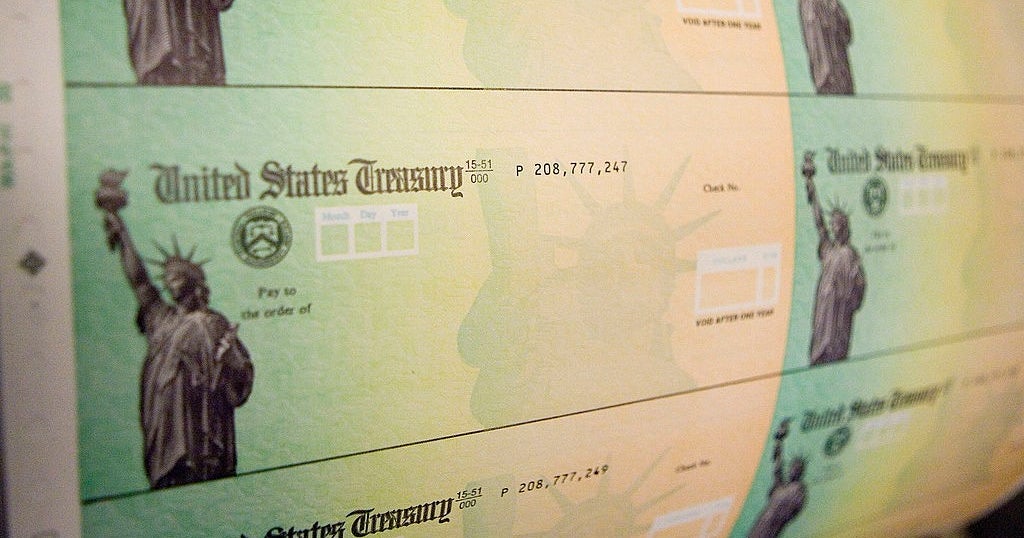Here's what's in the U.S.-Mexico-Canada Agreement, the new NAFTA
The U.S.-Mexico-Canada Agreement (USMCA) could lift a cloud over North American trade relations, boost companies in all three countries and cheer investors, experts said after House Democrats agreed on Tuesday to back the deal.
The pact is flawed but still "a big win," Michelle Casario, an associate professor at Villanova University, told CBS MoneyWatch. "It helps [President] Trump and the Republicans, [House Speaker Nancy] Pelosi and the Democrats, and businesses and investors by removing a source of uncertainty in trade policy with our two most important trade partners."
Here's what the USMCA, which revamps the 1994 North America Free Trade Agreement (NAFTA), will do:
Promote peaceful trade relations
President Donald Trump has long threatened to withdraw from NAFTA if a new agreement couldn't be reached. But the USMCA binds the trade partners together for at least 16 years, preventing Mr. Trump or future administrations from summarily ending the trade deal. It also sets up an independent panel so businesses can resolve disputes across the trade bloc.
The agreement is less important for what it does to modernize NAFTA than for what what it prevents: a potentially calamitous breakdown in trade between the countries, according to Gregory Daco, the chief economist for Oxford Economics.
Change car industry rules
The USMCA would ensure stricter "rules of origin" for cars made and sold in the U.S., Mexico and Canada, including requiring that 75% of automotive components be produced within the three-nation trading bloc for companies to sell duty-free. That's up from 62.5% under the NAFTA rules currently in place.
The agreement also requires that more than 40% of auto content be made by workers inside the trade bloc who earn at least $16 an hour. That's about three times the current average hourly pay for Mexican workers as of 2018. Labor advocates, including unions, and U.S. automakers pushed for the deal.
Those higher wages means the USMCA may raise some vehicle prices as car manufacturers pass on the higher production costs, some economists think. But "the alternative — a U.S. withdrawal from NAFTA/USMCA — would be so much worse," Casario said.
Protect farmers
Canada and Mexico are the top two export markets for U.S. food and agricultural products, totaling nearly $40 billion last year and some 325,000 jobs. The USMCA preserves that. For example, the agreement gives American farmers greater access to Canada's dairy markets, a long-running source of tension between the two nations.
The pact also sets rules for agricultural biotechnology, such as gene editing, and addresses labeling requirements, according to the Farm Bureau, a lobbying group.
Strengthen labor and environmental standards
The USMCA mandates inspections of factories suspected of labor violations — a key in winning the support of unions.
"Working people are responsible for a deal that is a vast improvement over both the original NAFTA and the flawed proposal brought forward in 2017," AFL-CIO President Richard Trumka said in a statement, referring to President Trump's version of the deal he brought to Congress for approval.
Set digital trade rules
The agreement adds rules for digital trade and other technologies, most of which didn't exist when NAFTA was signed in 1994. The USMCA also requires the free flow of data among the three countries, potentially setting a precedent for U.S. pacts with other countries, the Wall Street Journal notes.



